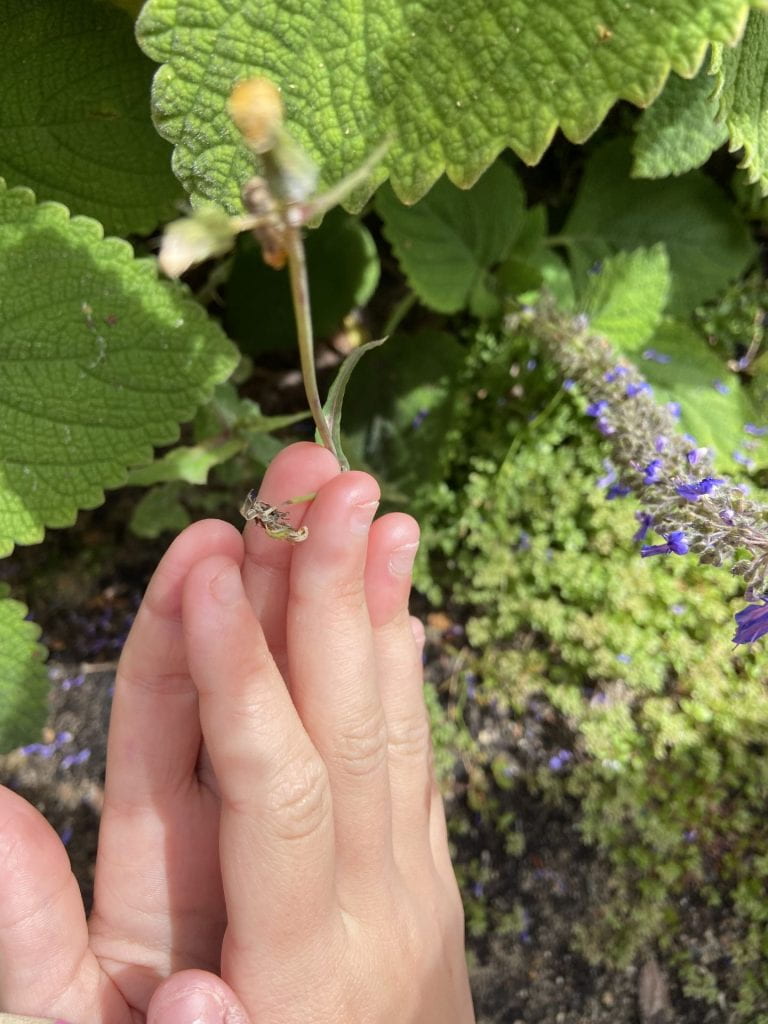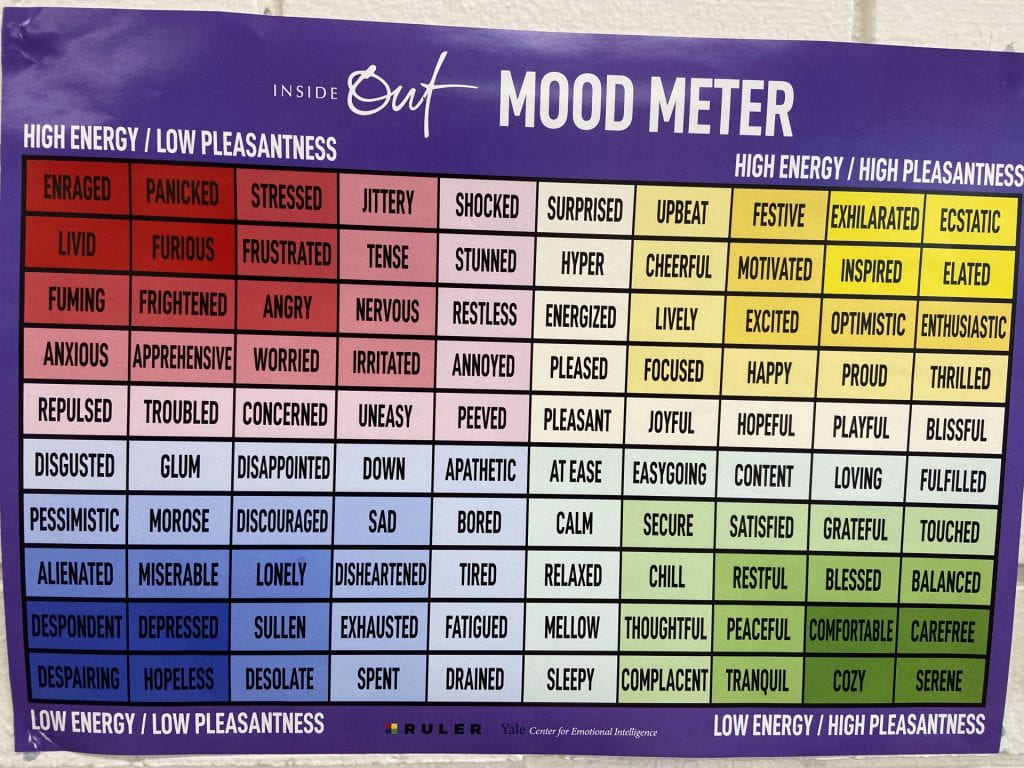Context
- Early childhood education
- Nature play base focus & child led learning
- Monday 20/03/23 to Friday 24/03/23 groups
- Morning activity
The bubble bath in the trough was a hit! Children enjoyed cleaning the animal toys and getting them dirty again! Children could identify what it is to be clean and what it is to be dirty.




We ended up making an imaginary mud farm, where children were encourage to play with the toy animals in the mud and then wash/scrub/brush them in the bubble bath afterwards. This was the start of creating a positive practise of cleaning and taking care of our objects in our environment. We could possibly build on this and create a space to put all the clean toys!

The downside of this bubble bath & mud experience is that often children accidentally (or maybe purposefully) splash water on each other. This usually leads to tears and children wanting to get change into dry clothes right away! I often explain to children that it’s ok to get wet, your clothes will naturally dry in the sun and we can get change into dry clothes when your done playing with the bubble bath & mud. 99.9% of the time children feel good about getting their clothes a bit wet.
So, where to next?
We could:
- have a clean bucket or container to put the clean toys in, which would help teach children to respect their environment and the toys they play with.
- practise getting our clothes wet by washing, hanging and drying old rags or doll clothes on a washing line or on the fence. This experience could possible help children notice how the sun dries our clothes and that it’s ok to get your clothes wet every now and then!
- invite children to investigate whether or not the shape of a bubble wand will change the shape of a bubble. I could possibly bring in a few old wire hangers to use as a bubble wand and for children to manipulate the shape of it.
- Set up an encounter to investigate objects that float and sink.
- experiment with bubbles & colour through bubble art! This would be a lovely art activity to do in the Atelier room and an opportunity for children to artistically represent their learning journey!
Links to EYLF outcomes:
Learning Outcome 1: A strong sense of identity
- Children learn to interact in relation to others with care, empathy and respect
Learning Outcome 2: Connection to and contribution with their world
- Children develop a sense of belonging to groups and communities and an understanding of the reciprocal rights and responsibilities necessary for active community participation
- Children become aware of fairness
- Children become socially responsible and show respect for the environment
Learning Outcome 3: A strong sense of wellbeing
- Children become strong in their social and emotional wellbeing
- Children take increasing responsibility for their own health and physical wellbeing
Learning Outcome 4: Confident and involved learners
- Children develop dispositions for learning such as curiosity, cooperation, confidence, creativity, commitment, enthusiasm, persistence, imagination and reflexivity
- Children develop a range of skills and processes such as problem solving, enquiry, experimentation, hypothesising, researching and investigating
- Children resource their learning through connecting with people, place, technologies and natural and processed materials
Learning Outcome 5: Effective communicators
- Children interact verbally and non-verbally with others for a range of purposes

































































